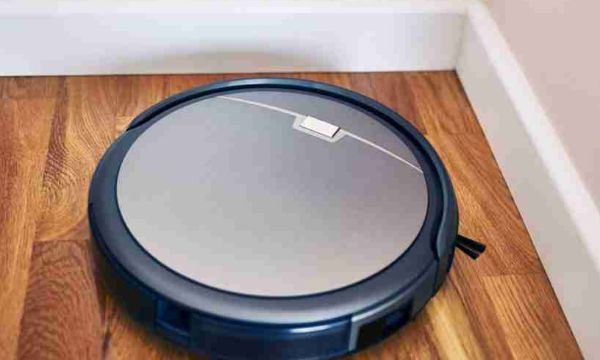Robot vacuums have undoubtedly revolutionized the way we clean our homes. These nifty little machines promise to take the hassle out of daily cleaning and keep our floors spotless. However, one common question that pops up in the minds of potential buyers is, “Do robot vacuums clean corners effectively?”
In this article, we’ll dive into the reality of robot vacuums and their corner-cleaning capabilities, exploring their strengths and limitations to help you make an informed decision for your cleaning needs.

Table of Contents
Understanding the Design of Robot Vacuums
Before we delve into the corner-cleaning aspect, let’s briefly understand how robot vacuums are designed to work. Most robot vacuums come in a round or D-shaped form factor, housing essential components like sensors, brushes, and suction systems. The round shape is well-suited for moving around obstacles and efficiently covering larger areas. However, it does present some challenges when it comes to reaching tight corners.
The Challenge of Cleaning Corners
Due to their round or D-shaped design, robot vacuums may not be able to reach deep into tight corners as effectively as traditional upright vacuums or manual cleaning. The circular shape can leave small gaps between the vacuum and the corners, making it difficult to pick up debris and dust that accumulates in these hard-to-reach spots.
Corner-Cleaning Features in Robot Vacuums
However, the good news is that many modern robot vacuums are equipped with innovative features specifically designed to improve corner cleaning. Some of these features include:
- Side Brushes: Some robot vacuums come with side brushes that extend beyond the main body. These brushes spin and sweep debris from edges and corners, directing it toward the vacuum’s suction path.
- Edge Sensors: Many robot vacuums are equipped with edge sensors, allowing them to detect walls and edges accurately. This helps them get as close to corners as possible without colliding with obstacles.
- Mapping and Navigation Technology: Advanced robot vacuums use mapping and navigation systems to create a virtual map of your home. This technology helps them identify areas that need more attention, including corners, and adjust their cleaning patterns accordingly.
Tips for Optimizing Corner Cleaning with Robot Vacuums
While robot vacuums have corner-cleaning features, it’s essential to take some additional steps to optimize their performance in these challenging areas:
- Position Charging Stations Smartly: Place the robot vacuum’s charging station away from corners to ensure it has easy access to those areas. This will encourage the robot to clean closer to corners during its cleaning cycles.
- Use Virtual Walls: Many robot vacuums come with virtual wall barriers that can be used to block off certain areas during cleaning. Placing virtual walls strategically can guide the robot vacuum to focus on corners.
- Regular Maintenance: Keep the robot vacuum’s brushes and sensors clean and in good condition. Regularly check for tangled hair or debris that might hinder the robot’s movement and cleaning performance.
Limitations of Robot Vacuums in Corner Cleaning
While robot vacuums have come a long way in improving their corner-cleaning capabilities, it’s essential to be aware of their limitations:
- Small Gaps: The circular or D-shaped design of robot vacuums can still leave small gaps between the vacuum and corners, making it challenging to clean these areas as thoroughly as manual cleaning.
- Obstacles and Furniture: Robot vacuums may struggle to navigate tight corners obstructed by furniture or other obstacles. In such cases, manual cleaning or using traditional vacuums might be necessary.
The Role of Manual Cleaning
While robot vacuums are a valuable addition to your cleaning routine, it’s crucial to recognize that they cannot entirely replace manual cleaning, especially in corners. Manual cleaning with traditional vacuums, brooms, or microfiber dusters is still the most effective way to reach deep into tight corners and crevices.
—
In conclusion, while robot vacuums have corner-cleaning features and advanced technology, their circular or D-shaped design can present challenges in effectively cleaning tight corners. However, these intelligent devices can still make a significant difference in maintaining overall cleanliness and reducing the frequency of manual cleaning.
To optimize corner cleaning with your robot vacuum, position charging stations strategically, use virtual walls, and ensure regular maintenance of the device. Keep in mind that manual cleaning with traditional tools is essential for a thorough and spotless cleaning of corners and hard-to-reach areas in your home.
